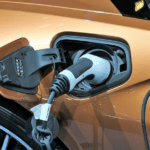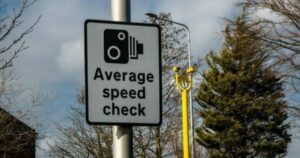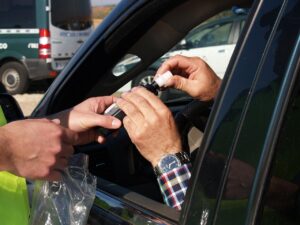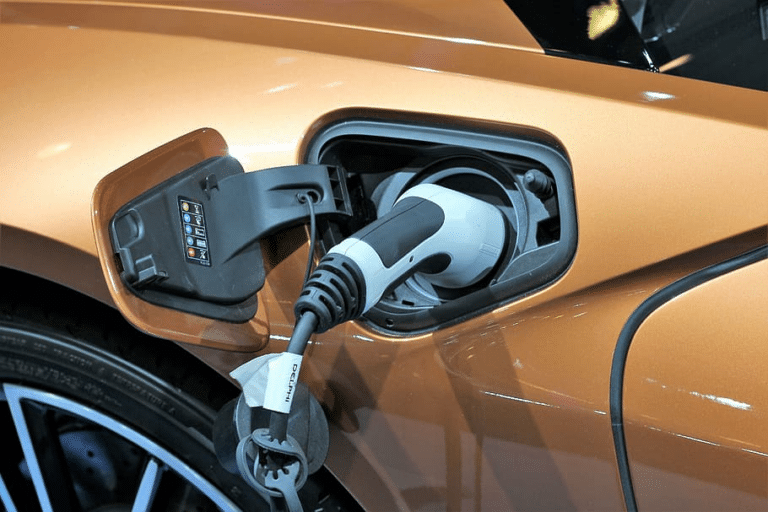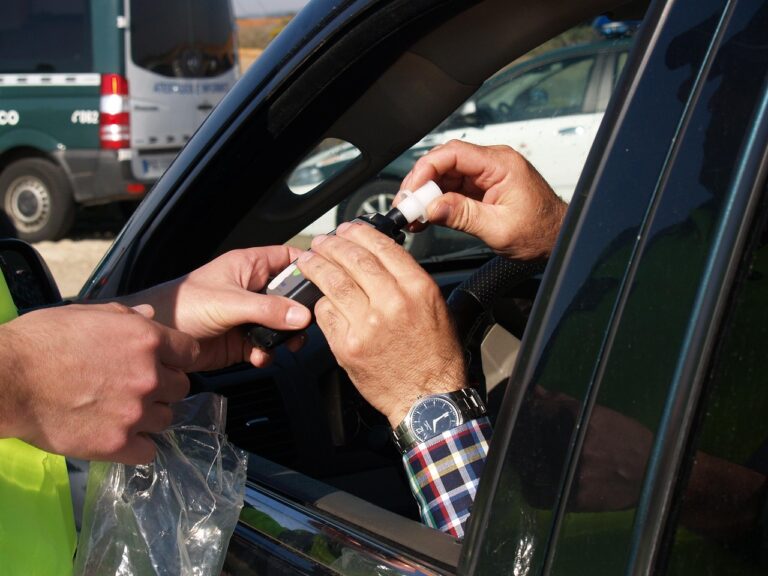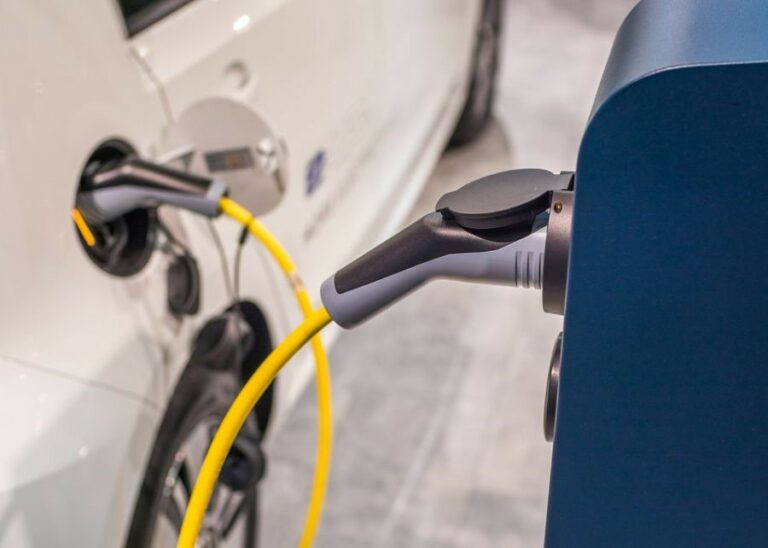What does the term on the road price mean exactly? Well, this term is used to describe the total cost of buying a new car and getting it ready to drive on public roads. Does it cover everything you’ll have to pay to get your brand new car on the road? Let’s take a look and find out what’s included.
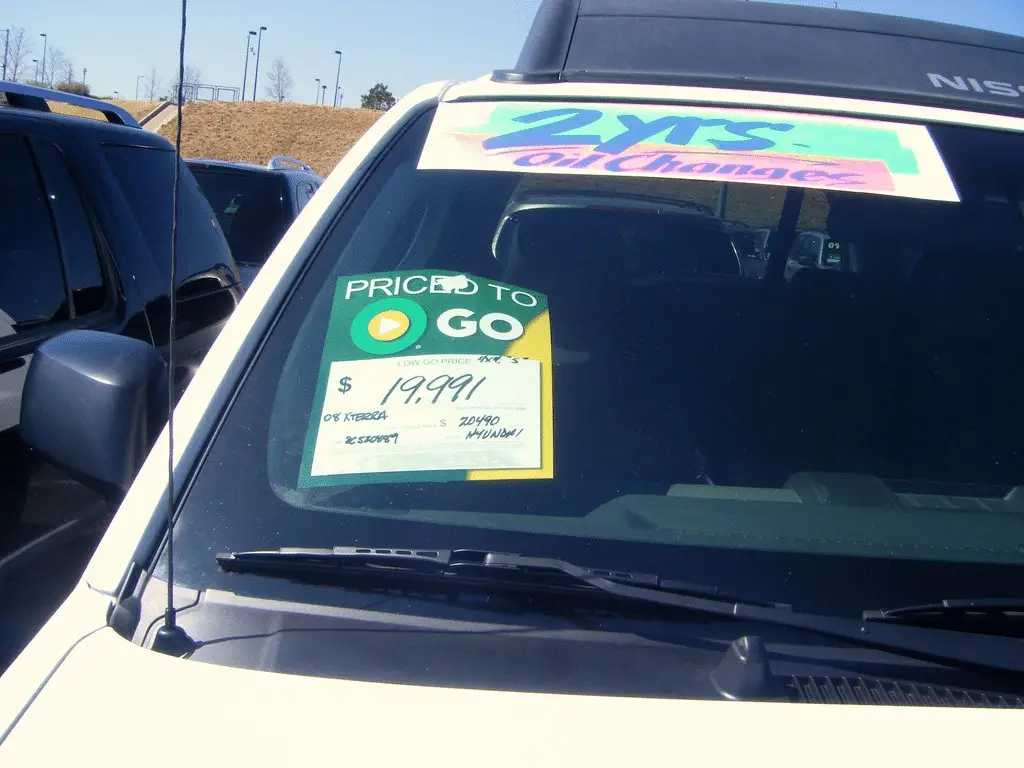
What does On The Road (OTR) price mean?
On The Road (OTR) price is the total amount of money you need to pay to buy and drive a new car legally. The on the road price essentially covers everything you’ll have to pay to get your brand new car on the road. It includes the following costs, according to Motors:
-
The car’s list price, which is the manufacturer’s recommended retail price (RRP) or the price the dealer is asking for the car.
-
Any discounts or offers that the dealer or manufacturer is giving you.
-
The delivery charge, which is the fee for transporting the car from the factory or warehouse to the dealer.
-
The first registration fee, which is a £55 charge by the government to register a new car.
-
The number plates, which are the metal or plastic plates that show your car’s registration number.
-
The road tax, which is a yearly tax based on your car’s CO2 emissions. The first year’s road tax is included in the OTR price, but you will have to pay it every year after that.
-
Any optional extras or accessories that you choose to add to your car, such as a sunroof, leather seats, or a sat-nav system.
The OTR price is different from the list price or RRP, which only covers the cost of the car itself and any options you choose. The OTR price gives you a more accurate idea of how much you will have to pay to get your new car on the road.
What does RRP and MRRP mean?
RRP and MRRP are acronyms that stand for Recommended Retail Price and Manufacturer’s Recommended Retail Price, respectively. They are the prices that the manufacturer or the supplier of a product suggests that the retailer should sell it for, says Motors. They are also known as list price, manufacturer’s suggested retail price (MSRP), or suggested retail price (SRP).
RRP and MRRP are not the same as on-the-road price (OTR), which is the total amount of money you need to pay to buy and drive a new car legally. According to Motors, OTR includes the cost of the car, any discounts, and all the necessary on-the-road fees, such as delivery charge, first registration fee, number plates, road tax, and any optional extras.
RRP and MRRP are great when you think about it, because they are designed to ensure that the prices of products do not vary dramatically in different stores, and that the whole chain of distribution is considered. However, according to Osome, retailers can choose to go either higher or lower than the RRP or MRRP, depending on the market conditions, customer demand, and their own profit margins. Manufacturers and suppliers are generally prohibited from directly regulating or enforcing the prices, as this would be considered as resale price maintenance (RPM), which is illegal in the UK and the EU.

What’s the difference between On The Road and List price?
The difference between On The Road and List price is that the On The Road price covers everything you need to get your car on the road legally, while the List price is just the recommended retail price of the car itself and any options you choose.
The On The Road price includes the following fees, according to Motors:
-
The car’s registration fee and the printing of new number plates
-
Your first year’s road tax
-
Delivery charges and pre-delivery inspection
-
Finance handling fees (if applicable)
-
Some fuel
The List price, also known as RRP, MRRP, MSRP, or Manufacturer’s Suggested Retail Price, is the price the manufacturer sets for their product, says Cinch.
It does not include any of the On The Road fees mentioned above. Therefore, the On The Road price is usually higher than the List price, and it is the final price you pay to buy and drive a new car.
Can I avoid paying the OTR price?
According to Motors, if you buy a new car, you will have to pay the OTR price, which covers everything you need to get your car on the road legally as mentioned above.
However, you can try to negotiate with the dealer to lower the OTR fees or get some discounts on the list price. You can also avoid paying some of the OTR costs by buying a used car, a nearly-new vehicle, or a pre-registered one, says Biker Rated.
However, you will still need to pay for your road tax, delivery charges, and any administration fees that are applicable. According to Auto Express, if your car costs more than £40,000, you will also have to pay a supplement of £335 per year for the first five years, regardless of the fuel type.

Ex-showroom costs
According to Key Differences, the ex-showroom costs for a car on the road price are the charges that the dealer pays to the manufacturer for procuring the car, which include the ex-factory cost, the tax paid to the state government, and the dealer’s profit.
The ex-showroom price is the starting cost of the vehicle, without any additional charges such as the road tax, the registration fee, the insurance, and the delivery charges, says 91 Wheels. The ex-showroom price helps you compare the base costs between different models or brands, but it does not reflect the final price you need to pay to drive the vehicle legally on the road.
The on-road price is the final price you pay for the vehicle, including all the additional charges mentioned above. The on-road price will vary depending on the location, the type of vehicle, and the optional extras you choose.
Therefore, the ex-showroom costs for a car on the road price are only a part of the total cost, and you should always check the on-road price before buying a new vehicle. You could always try to negotiate with the dealer to lower the on-road fees or get some discounts on the ex-showroom price too if you fancy trying your luck.
What does ‘on-the-road price’ mean?
The on-the-road (OTR) price is the total amount you pay to legally drive your new car away from the dealership. It includes the cost of the vehicle, delivery fees, number plates, VAT, first-year road tax and DVLA registration. It may also include a full tank of fuel and a warranty, depending on the dealer. The OTR price is usually higher than the advertised base or ‘list’ price because it covers everything needed to get the car ready for the road.
If you’re comparing buyers, it’s worth checking which companies charge extra admin or handling costs — see our guide to dealer fees to avoid unexpected add-ons.
What’s included in the on-the-road price?
OTR pricing normally includes the vehicle price, VAT, registration fee, number plates, delivery charges and your first year’s VED (car tax). Some dealers may also include extras such as breakdown cover, mats, fuel or a manufacturer warranty, but this varies by brand. Always check the full breakdown so you understand exactly what you’re paying for, especially if comparing multiple dealers or online car buying services.
If you want to understand how these costs affect selling or trade-in pricing later, you can start with a free car valuation to check how the market views your vehicle.
Is delivery included in an on-the-road price?
In most cases, delivery is included, but not always. Some manufacturers provide free delivery to your local dealership, while others add an additional charge. If buying online or from a dealer far away, home delivery may incur separate fees. Always confirm whether delivery to your chosen location is included before signing any agreement.
For a full breakdown of what happens step-by-step when selling or buying, you can read our how it works guide.
Why is the OTR price different from the list price?
The advertised list price only reflects the base cost of the vehicle itself. The OTR price includes all legal and mandatory charges that allow you to drive the car away, so it is usually higher. Comparing only list prices can be misleading — the OTR figure gives you the real cost of buying and registering the vehicle.
To avoid paying more than expected, compare offers carefully and make sure you understand potential dealer fees before finalising a sale or purchase.



























